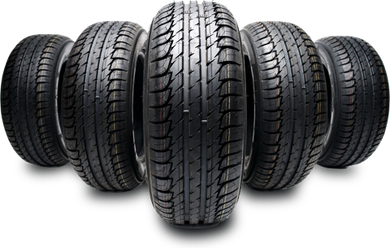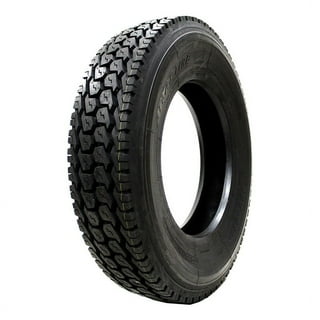Tire Solution: The Influence of Weather
When it comes to ensuring optimal performance and security on the roadway, recognizing the impact of weather conditions on tire solution is vital. In this discussion, we will certainly discover the detailed connection in between climate conditions and tire solution, losing light on the importance of weather-specific tire maintenance techniques and factors to consider.
Warmth and Tire Efficiency
When subjected to high temperature levels, tires experience adjustments in performance that can significantly influence automobile security and handling. The warm created from extended driving or hot weather problems triggers the tire rubber to soften, leading to reduced walk life and increased wear.
Moreover, high temperatures can increase the process of tire aging, causing the rubber to degrade extra promptly. To reduce the effects of warm on tire efficiency, vehicle drivers should regularly check their tire pressure, turn tires to make sure also wear, and examine for any type of indications of damages.
Winter Impacts
Cold weather condition problems can have a significant influence on tire efficiency and safety. In cold climate, tires might likewise shed air stress extra swiftly, which can impact dealing with and fuel effectiveness.
To mitigate the results of chilly weather condition on tires, it is essential to consistently inspect tire pressure and inflate them to the supplier's suggested levels. Utilizing winter season or all-season tires designed for winter conditions can likewise enhance grip and hold on icy or snowy roads - discount tires morris il. Correct tire maintenance, consisting of routine inspections for wear and damages, comes to be much more crucial throughout colder months to make certain optimum performance and safety and security
Rainy Conditions Influence
Throughout wet problems, tire efficiency and security can be significantly affected by the damp roadway surfaces and decreased visibility. The walk pattern of tires plays a vital role in maintaining grip on damp roads. Tires with worn-out treads are much more susceptible to hydroplaning, where a layer of water develops between the roadway and the tire surface, bring about loss of traction. To battle this, drivers ought to routinely inspect their tires for sufficient walk depth and think about purchasing tires particularly developed for damp problems.

Snow and Tire Security
Snow-covered roads position special challenges for chauffeurs, stressing the significance of correct tire selection and upkeep. When driving in snowy conditions, having the appropriate tires can make a significant distinction in safety and performance. Winter tires are made with special rubber compounds and walk patterns to give much better grip on snow and ice contrasted to all-season tires. The deeper her comment is here footsteps and sipes of winter season tires help grip the road better, reducing the risk of sliding and slipping.
In addition to utilizing winter months tires, it is essential to ensure they are appropriately blown up. Cold climate can create tire stress to drop, affecting traction and handling (tire shop morris). Frequently inspecting and preserving the right tire stress is necessary for optimal efficiency in snowy problems

Weather-Related Tire Upkeep
When confronted with different weather conditions, correct tire upkeep ends up being a vital aspect of automobile safety and performance. Weather-related tire maintenance incorporates a variety of techniques focused on making certain optimum tire feature and longevity in different weather condition scenarios. One essential element of weather-related tire upkeep is tire stress policy. Changing temperature levels can cause tire pressure to differ, affecting grip and gas efficiency. Regularly changing and examining tire stress according to manufacturer suggestions is essential for risk-free driving in altering weather conditions. Furthermore, tire step depth plays a substantial duty in handling different weather aspects. Tires with ample tread depth offer much better hold on wet or icy roadways, reducing the risk additional reading of skidding or hydroplaning. When tread wear gets to a certain deepness is crucial for keeping traction and security in adverse weather, inspecting tire tread routinely and replacing tires. By prioritizing weather-related tire maintenance, vehicle drivers can improve safety, improve lorry efficiency, and extend the life-span of their tires.
Conclusion
In conclusion, climate conditions have a substantial effect on tire performance and safety and security. From warmth impacting tire stress and use to winter decreasing traction, it is vital to consider the climate when maintaining and utilizing tires. Wet conditions can reduce grasp and cause hydroplaning, while snow can raise the danger of crashes if tires are not appropriately equipped. Weather-related tire maintenance is critical in ensuring optimum performance and security on the roadways.
In this conversation, we will explore the elaborate connection in between climate conditions and tire solution, shedding light on the value of weather-specific tire upkeep techniques and factors to consider.
